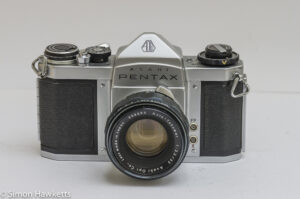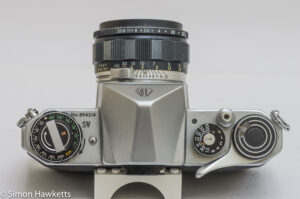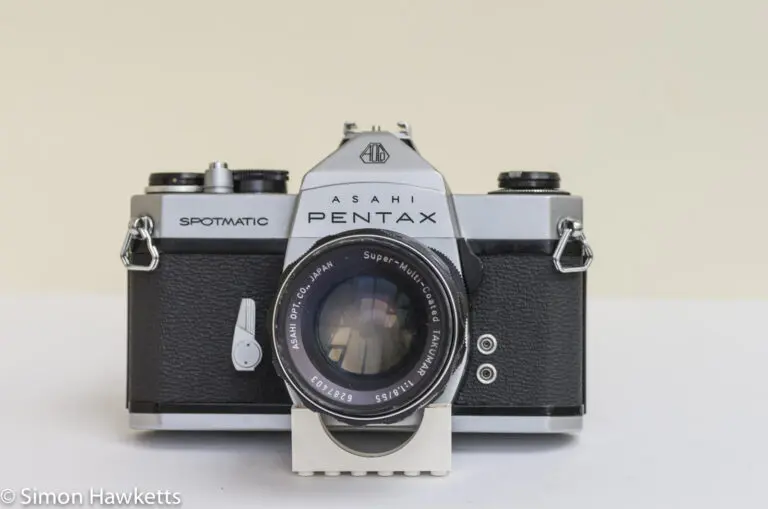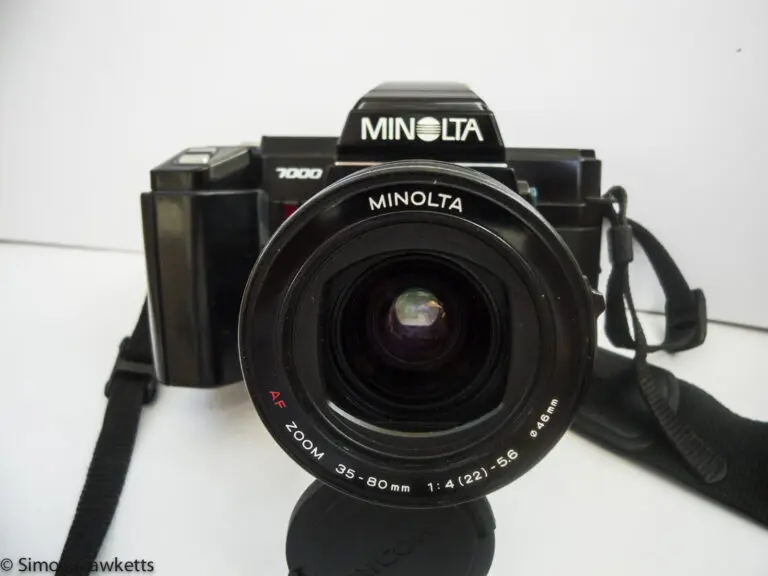Pentax SV 35 mm SLR review
This is a short review/description of my Pentax SV 35 mm single lens reflex camera, which was one of a range of cameras Pentax introduced in the early 1960s, all of which had a similar style to the very successful Spotmatic range released after it.
Pentax SV Images
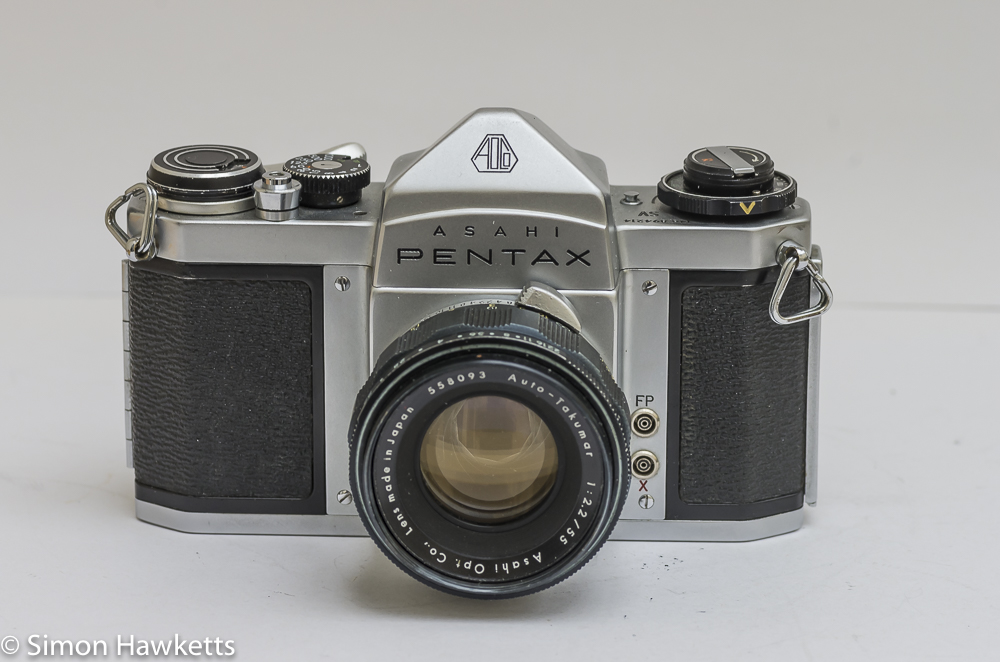
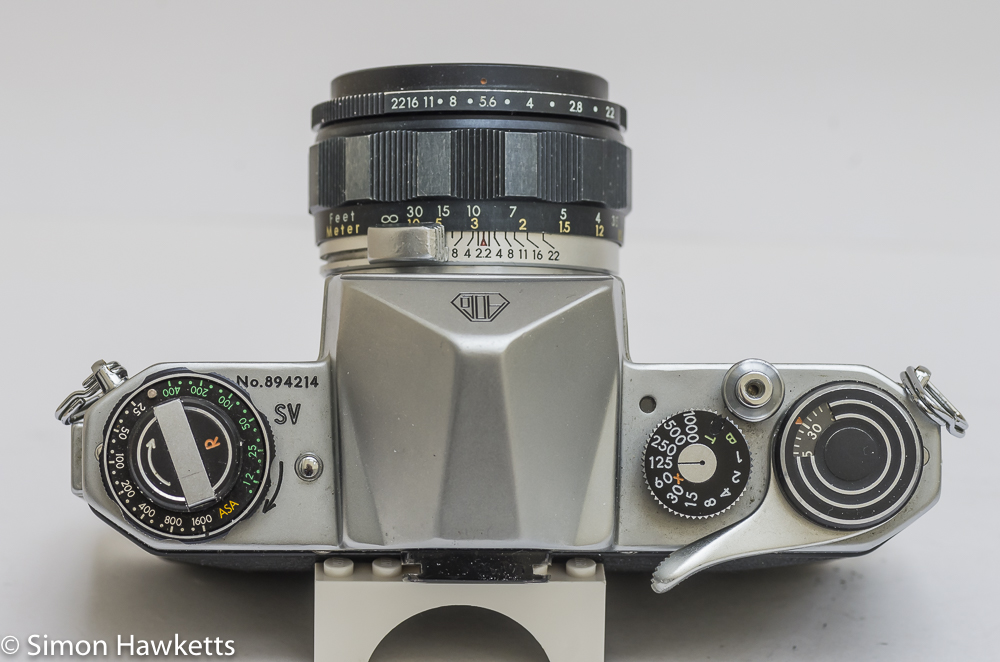
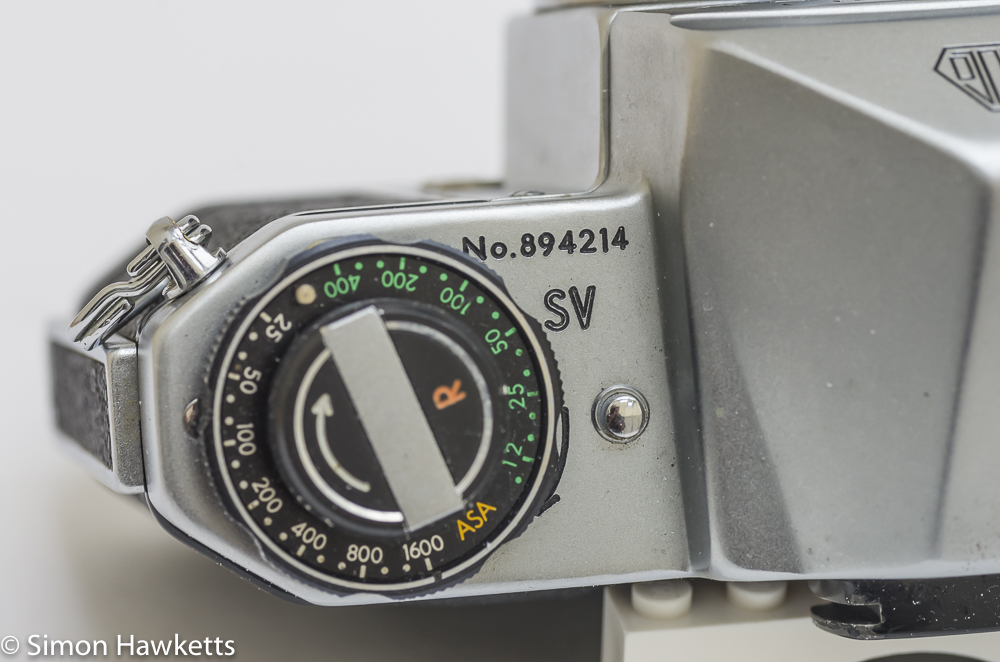
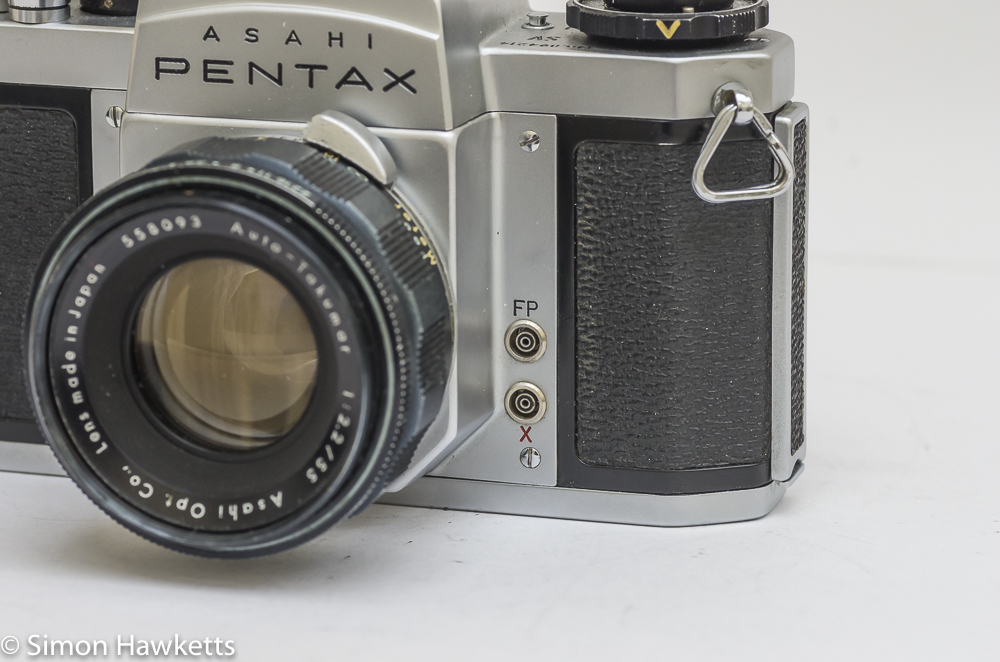
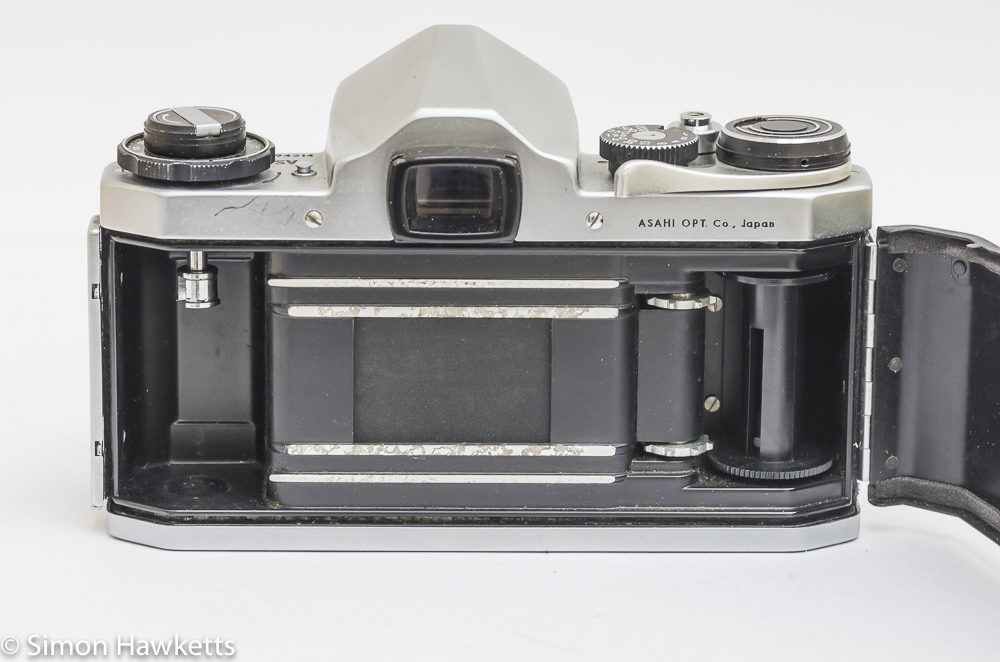
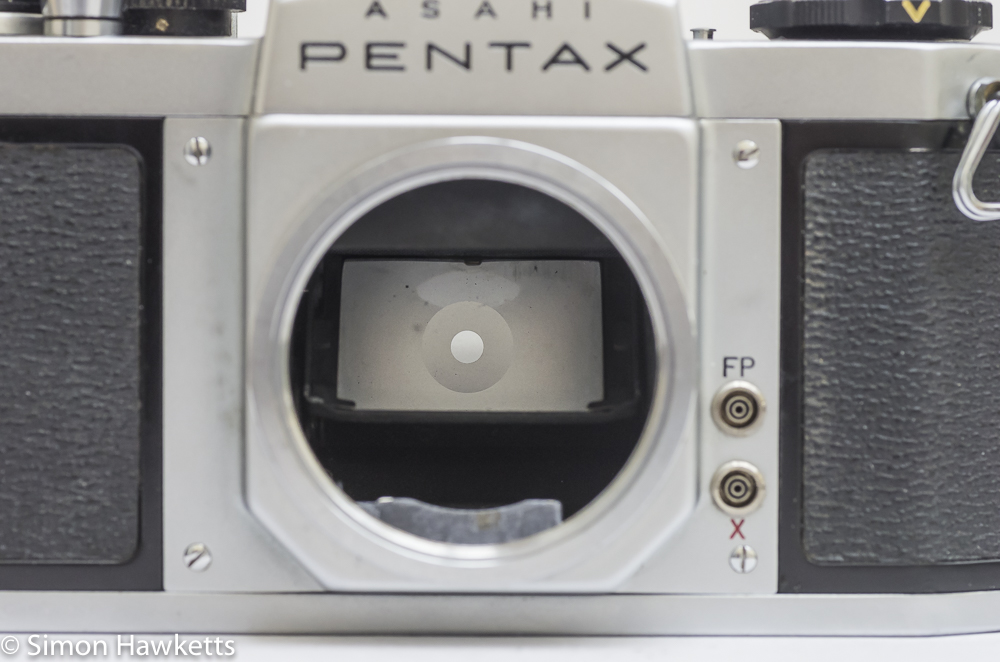
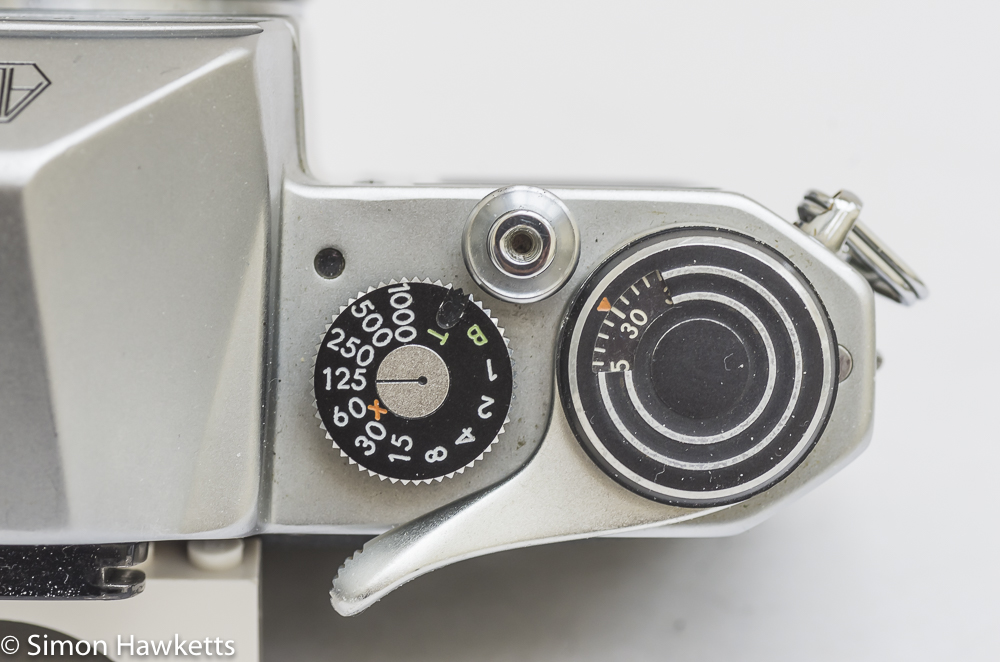
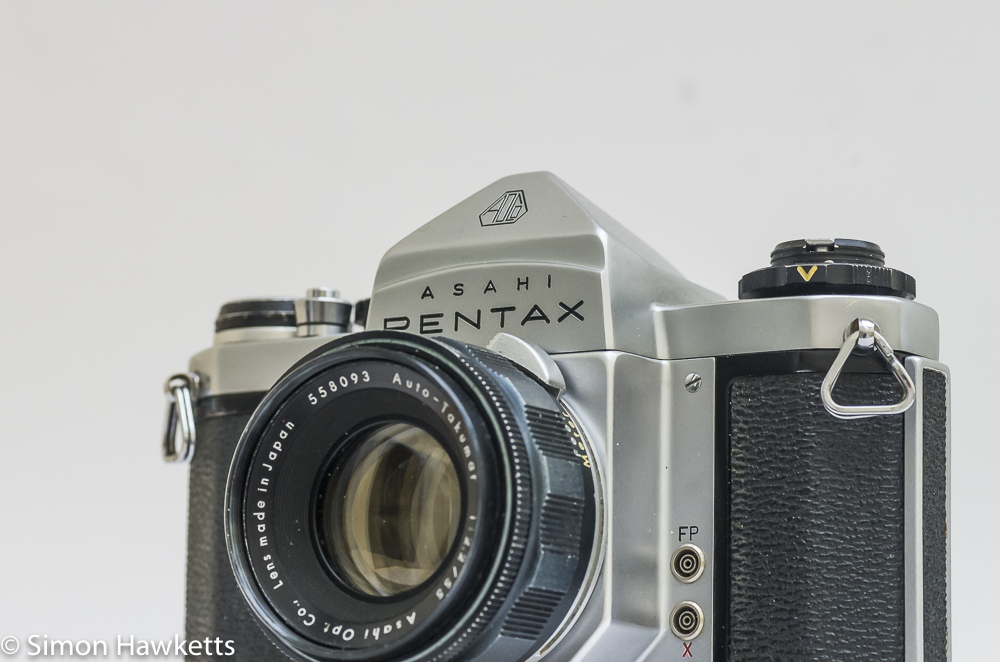
My Pentax SV Camera
This was a camera which I bought for a very low price because it was sold as faulty with a jammed shutter. Since the Spotmatic models have a particular problem which leads to a jammed shutter, and this model is very similar to a Spotmatic, I thought it was worth the £5 being asked to see if I could fix it. As it happened, it was very simple to find the area which was a problem under the bottom cover and have the camera working in about 5 minutes.
I also applied a little bit of lubrication to the gears under the bottom cover, and I’ve regularly tried the camera over the last 3 to 4 weeks, and it has been no problem at all, so I’m pretty sure the problem has been fixed.
The physical condition of the camera is very good for a unit which is 60 years old. There are very few marks or scratches and all the functions work as expected.
For the purpose of the pictures above I’ve placed my Auto Takumar lens on the body, but when new the camera would have been supplied with a Super Takumar lens, which would have provided a fully automatic aperture operation.
Pentax SV description
The Pentax SV was introduced at the same time as the S1a and was one of the final two models before the very popular Spotmatic series. All the styling of the spotmatic was in place by the time this model was introduced, and it would be very easy to confuse the two with just a quick glance, although there are physical differences. For example, the front panel has the characteristic look of the S1/S3 with the screwed on front plate rather than the rounder spotmatic look.
The S series also didn’t have the TTL light meter which was the really defining difference of the spotmatic series, so the SV obviously doesn’t have the metering switch on the lens mount.
I think the thing which differentiated the SV from the S1 and S1a was the inclusion of a self-timer which is fitted around the film rewind crank. This is the first camera I’ve ever seen with the self-timer in this position, and I believe it is the only one that Pentax produced – subsequent models fitted it in the almost universal position on the front panel. There is a V engraved on the front of the self-timer and this is arranged to be at the front of the camera as the shutter releases, so it’s a warning to the photographer that the picture is about to be taken.
The shutter is virtually the same design as all the Pentax SLR range from the 1960s, being a cloth, horizontal travel focal plane shutter which runs from 1 sec to 1/1000th sec with B and T positions.
The flash sync is marked between the 1/30th and 1/60th markings and although the camera manual doesn’t specify the speed the shutter runs at with flash sync, I think it’s positioning on the shutter speed dial suggests that 1/45th is probably quite close to the speed. There is no flash hot shoe, but flash sync is available from two sockets on the front panel.
Unfortunately, the viewfinder doesn’t have a split image focusing aid, just the ground glass screen with a central Fresnel lens and micro prism fine focus aid. It works, but it’s not as easy to use as a split rangefinder arrangement, although to be fair it was several years until the Pentax range had split image rangefinders, so this camera wasn’t unusual in the Pentax range.
Pentax SV Specification
- Pentax SV 35mm slr camera
- Shutter 1 sec to 1/1000 sec + B & T
- Self timer built into film type reminder around film crank
- Shutter cocked indicator on top panel
- Film Type reminder
- Auto reset frame counter
- FP & X flash sync sockets
- Shutter release threaded for cable release
- M42 lens mount
- Viewfinder has micro prism, fresnel and ground glass viewer
- Manual is available on-line here
Discover more from Everything Vintage
Subscribe to get the latest posts sent to your email.

